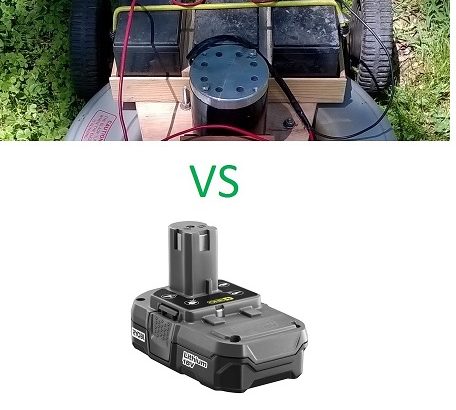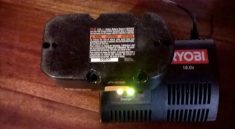Lithium Ion batteries simple energy efficient recycling process, New recycling process requires half the energy of conventional techniques and produces ready to use cathode materials
From IEEE Spectrum.
“Simple, Energy-Efficient Recycling Process for Lithium-Ion Batteries
A new recycling process requires half the energy of conventional techniques and produces ready-to-use cathode materials”
“A simple new recycling process restores old lithium battery cathodes to mint condition using half the energy of current processes. Unlike today’s recycling methods, which break down cathodes into separate elements that have to be put together again, the new technique spits out compounds that are ready to go into a new battery.
The method works on the lithium cobalt oxide batteries used in laptops and smartphones, and also on the complex lithium-nickel-manganese-cobalt batteries found in electric cars.
Lithium batteries have anodes made of graphite and cathodes made of lithium metal oxides, where the metal is some combination of cobalt, nickel, manganese, and iron. Less than five percent of old lithium batteries are recycled today. As millions of large EV batteries retire in the next decade, we’re going to send even bigger mountains of flammable, toxic battery wasteto landfills. Plus, that waste contains valuable metals. There is serious concern that supplies of critical metals like cobalt and lithium are dwindling. Recycling is going to be key if we’re to keep up with battery demand.
Several companies, mostly in China, already reprocess batteries. The standard procedure requires crushing batteries, and then either melting them or dissolving them in acid. What comes out at the end is separate metals like cobalt, lithium, nickel, and manganese. In addition to using intense amounts of energy, the methods destroy what’s most valuable about battery cathodes, says Zheng Chen, a professor of nanoengineering at the University of California, San Diego.
“The material is in the form of beautiful, well-designed particles with a specific microscopic structure that determines the performance of the battery,” he says. “A lot of engineering, energy, and time go into making these structures.”
The simple method Chen and his colleagues developed preserves that microstructure. The researchers first cycled commercial lithium cells until they had lost half their energy storage capacity. They removed the cathode material from their aluminum foil substrate, and soaked it in a hot lithium salt bath. Then they dried the solution to get powder, which they quickly heated to 800 degrees C and then cooled down very slowly.
The process restores the cathode material’s atomic structure and re-injects lithium ions into it. And it uses half the energy of conventional processes. The researchers made new battery cells with the regenerated cathode material. The new cathodes showed the same energy storage capacity, charging time, and lifetime as the originals. The results are reported in the journal Green Chemistry.”
Read more.




